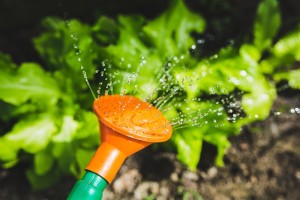 As reported in the Los Angeles Times, Californians have risen to calls to cut water use and achieved an overall 29% reduction during May 2015, exceeding Gov. Brown’s mandate that use be cut by 25% statewide.
As reported in the Los Angeles Times, Californians have risen to calls to cut water use and achieved an overall 29% reduction during May 2015, exceeding Gov. Brown’s mandate that use be cut by 25% statewide.
The state’s hard hitting push to educate residents of the dire need to change habits through sustainable landscaping, upgrading appliances and simply by taking shorter showers, has clearly had a positive effect.
The article reports: ‘The savings are based on data submitted by the more than 400 urban water suppliers, which must meet or exceed specified savings beginning in June or face potential fines. Among those water suppliers that showed significant improvements in the latest round of reporting were the California Water Service-Bakersfield, with a 37% cut; Orange County’s Serrano Water District, with a 43% reduction; and Riverside County’s Lake Hemet Municipal Water District, with a 49% savings.”
Way to go Californians – keep up the good work! Your diligence will be absolutely necessary throughout the summer, but with a few more good months under your belts, continued education and outreach, and by maintaining sustainable living habits, you can make meaningful and long-lasting modifications.

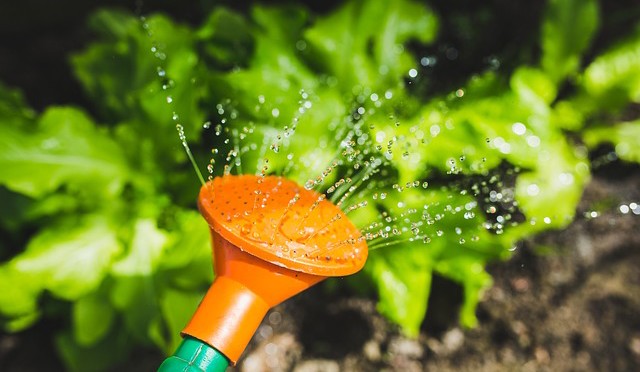

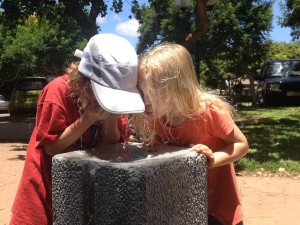 The Washington Post, using NASA data, is reporting that the planet is indeed running out of water at rates that are frightening.
The Washington Post, using NASA data, is reporting that the planet is indeed running out of water at rates that are frightening.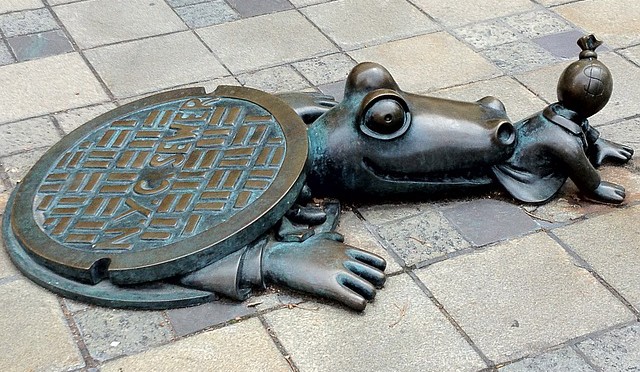
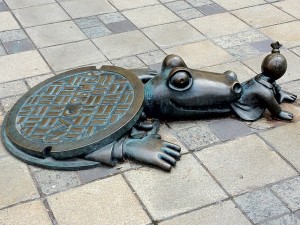 With so many citizens living in urban areas, cities must approach rainwater harvesting differently than in rural areas, where rain is absorbed into the ground or evaporates.
With so many citizens living in urban areas, cities must approach rainwater harvesting differently than in rural areas, where rain is absorbed into the ground or evaporates.